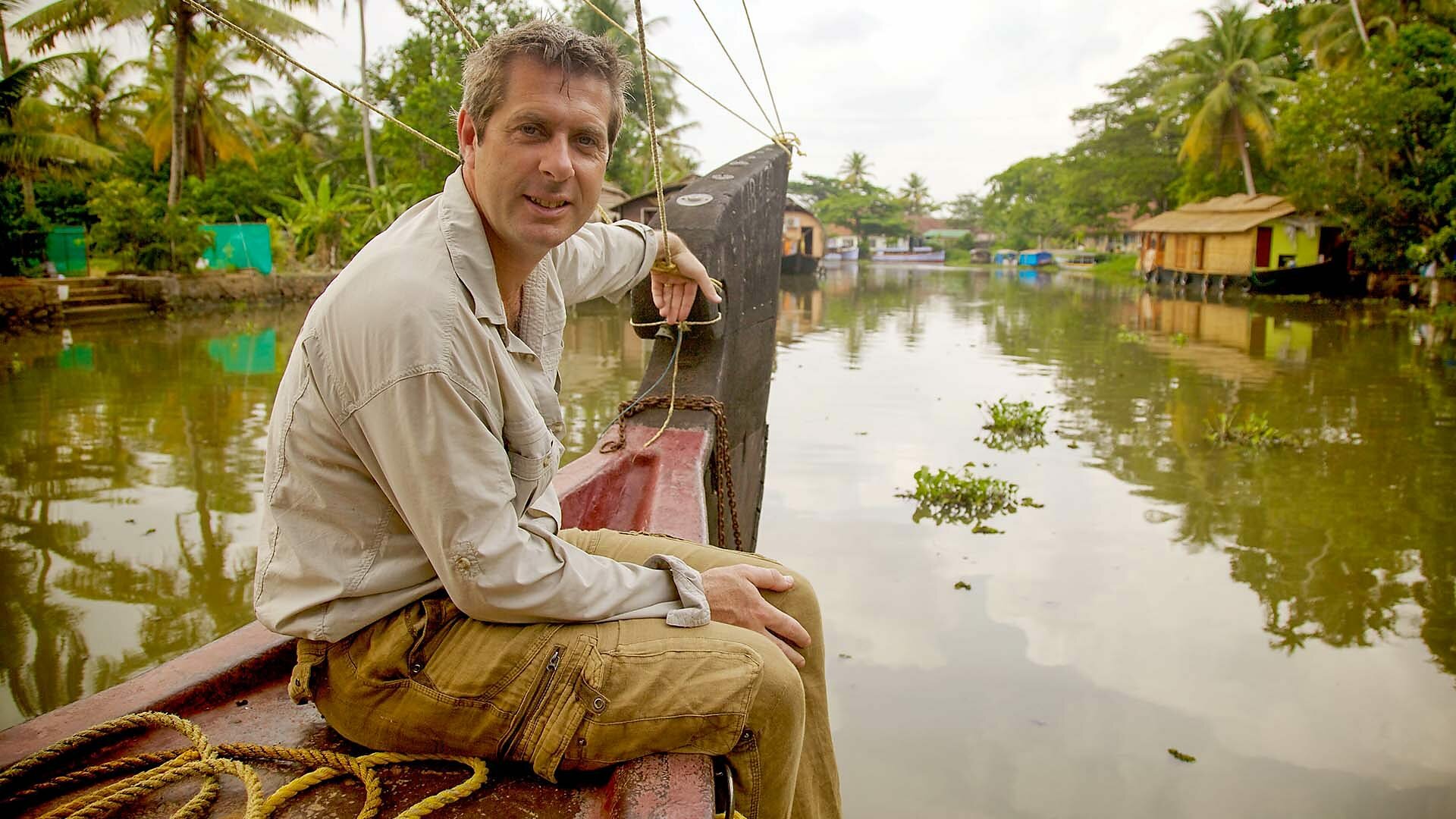Rise of the Continents (Kontinensek születése) 1x4

Vetítés: 2013.06.30 22:00, vasárnap
Two hundred million years ago the continent we know as Eurasia - the vast swathe of land that extends from Europe in the west to Asia in the east - didn't exist.
To reveal Eurasia's origins, Professor Iain Stewart climbs up to the 'eternal flames' of Mount Chimera in southern Turkey, blazing natural gas that seeps out of the rock. Formed on the seafloor, it shows that where the south of Eurasia is today, there was once a 90-million-square-kilometre ocean known as the Tethys. It is the destruction of the Tethys Ocean that holds the key to Eurasia's formation.
In the backwaters of Kerala in southern India, he finds evidence of how that happened, in the most unlikely of places: the bones of the local fishermen's prize catch. The freshwater fish called karimeen shares anatomical features with another group of fish that live in Madagascar, evidence that India and Madagascar were joined. India was once 4,000 kilometres south of its current position on the other side of the Tethys.
As it moved north, the ocean in front of it closed. And as it collided with the rest of Eurasia the impact built the Himalayas, the greatest mountain range on Earth. Taking an ultralight aircraft up into the peaks, Professor Iain Stewart reveals how the mountains aren't simply pieces of the land pushed upwards. In fact the rock that forms them was once the floor of the Tethys Ocean.
As Eurasia assembled, Arabia, Greece and Italy too moved north, completing the continent we know today and creating a mountain chain that spans the entire continent. And it was in the shadow of these mountains that the continent's first civilisations rose.
But the formation of Eurasia is just the beginning of the story, because the process that formed it is still active today. Professor Stewart travels to the island of Stromboli, Italy's most continually active volcano. The volcano's spectacular eruptions show that the ocean floor is being pulled beneath Eurasia. It is this process that closed the Tethys, and today is closing the Mediterranean, revealing Eurasia's future. 250 million years in the future all of the continents will collide together once more, forming a new Pangea, with Eurasia right at its heart.
